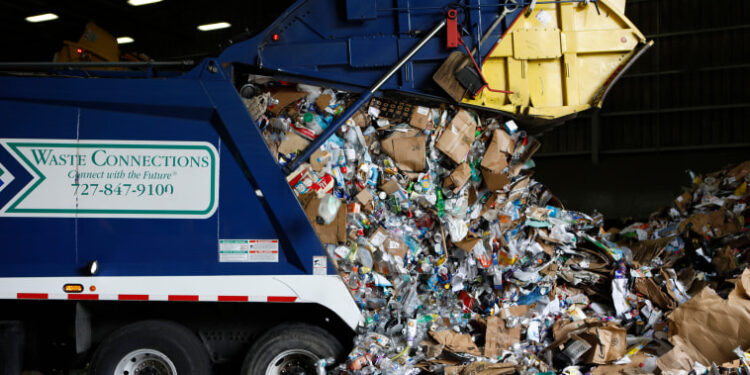For Floridians, littering is nothing new. But what many may not know is that the state is also home to a growing number of waste incineration plants. In recent years, these facilities have come under increased scrutiny as communities grow concerned over their impact on air quality, health, and the environment.
The Florida Department of Environmental Protection (FDEP) currently lists more than a dozen trash incineration plants across the state, many of which are increasing their capacity in order to meet growing demand. Proponents of the plants argue that waste incineration is preferable to landfills, which can produce methane, a potent greenhouse gas, but many local residents are pushing back against the facilities, concerned about the risks associated with emissions. Reports of peculiar odors, discolored smoke, and unpleasant residue have spurred complaints, with some claiming that the plants are making them sick.
The controversy is symptom of a larger issue – while Florida is growing, it is also producing more trash. With limited space to safely store waste, incineration plants increasingly look like a viable option. Unfortunately, the plants have created a no-win situation—to address the need for disposal, incineration plants bring health risks into the communities that allow them.
The debate surrounding waste incineration is not unique to Florida – other states are grappling with a similar conundrum. But one thing is certain – in an era of rapid urbanization, the need for safe disposal of waste will only continue to increase. Until the state can come up with a way to safely manage the countless tons of trash it produces, people of Florida will be stuck between the proverbial rock and a hard place.

















